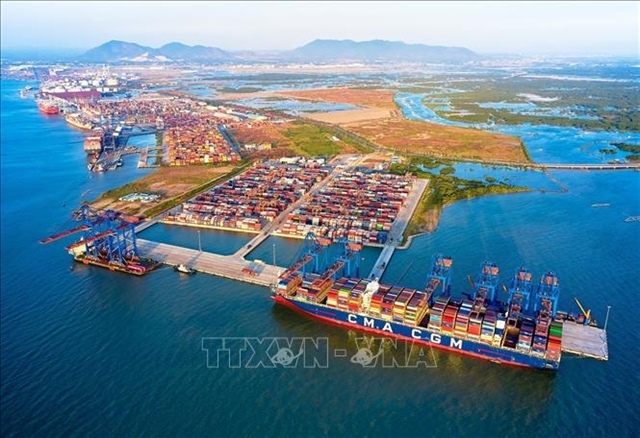Viet Nam’s agricultural products facing barriers to enter Chinese market
Viet Nam’s agricultural products facing barriers to enter Chinese market
Many of Viet Nam’s agricultural products – especially rice, vegetables and cassava – have faced barriers preventing their export to China, according to the Ministry of Agriculture and Rural Development.

The ministry’s Agricultural Product Processing and Market Development Department said cassava is the latest export from Viet Nam to China to face strict controls on labelling, packaging and information as well as a tightening of import procedures at border gates.
The department said cassava exports to China are expected to be reduced in the second quarter of this year due to lower demand.
Cassava is one of the agricultural products to have seen billions of US dollars of exports in recent years. But in the first five months of this year, the sector earned a revenue of about US$414 million from shipping 1.08 million tonnes, down 11 per cent in value and 17.6 per cent in volume year on year, vietnamnet.vn reported.
China continues to be the largest export market for Vietnamese cassava, but the first four months of this year saw exports of the product to the Chinese market fall by 16.4 per cent in volume and 3.5 per cent in value compared to the same period of 2018.
Previously, the most populous market in the world also strengthened barriers to Vietnamese rice exports.
From the beginning of 2018, China increased import duties on sticky rice from 5 per cent to 50 per cent and added stricter controls on other rice imports.
Only 20 out of 150 rice export enterprises in Viet Nam have received permission to bring their products to China.
Le Thanh Hoa, deputy director of the Agricultural Product Processing and Market Development Department, said the new fees and standards have made it hard to sell rice in the traditional export market.
Viet Nam exported a total of 2.83 million tonnes of rice in the first five months of this year, earning $1.21 billion. These numbers were down 4 per cent in volume and 20.7 per cent in value year on year.
China dropped to Viet Nam's seventh largest rice export market in the first two months of this year, according to the General Department of Customs
Although there are many trade barriers, Hoa still expects Viet Nam's high quality rice exports to China to increase after China has announced that 22 Vietnamese enterprises will be permitted to export to this market.
The Ministry of Industry and Trade will also negotiate rice export quotas to the Republic of Korea.
Viet Nam expects to increase rice exports to the Indonesian market in the third and fourth quarters. It has also opened talks with the Philippines on contracts to import the product, according to the department.
China has promoted traceable origins and quality management and has asked fruit exporters to register codes showing where the fruits were planted. The changes have created disadvantages for Vietnamese fruit exporters, especially for those that sell fresh local fruits. For instance, exports of pineapples from Lao Cai and bananas from Lai Chau have slumped severely.
The vegetable and fruit sector promoted exports to highly demanding countries in the first four months of this year including Australia (up 39.9 per cent), the Netherlands (up 29.22 per cent), South Korea (up 25.53 per cent) and France (up 24.81 per cent).
Recently, Vietnamese mangoes have begun to be exported to the US. Mangoes are Viet Nam's sixth fruit licensed for export to the US market after dragon fruit, rambutan, longan, lychee and star apple.
The export value of Vietnamese fruits and vegetables in the first five months of 2019 reached $1.83 billion, a year-on-year increase of 10.3 per cent.
Experts in the sector said the efforts to find alternative markets will help Viet Nam's agricultural sector reduce its dependence on the Chinese market and grow despite China's new trade barriers.





















